Venice, Florence, and Rome, the trifecta of Italian culture, are renowned for bringing history to life for the millions of tourists who grace their streets each year. Reading a novel about gallant gladiators who fought for their lives in the Colosseum, and watching documentaries about Da Vinci’s future-forward ideas, waned in comparison to experiencing the real thing.
Wading through the canals of Venice in a gondola, walking the bustling streets of Florence, intoxicated by the pungent aroma of espresso, and exploring the mysterious Necropolis under St. Mark’s Basilica, put any book to shame.
Standing in a place of such significant influence with my gelato in hand, Italy no longer became a forgetful chapter in my old textbook, but a tangible experience, which allowed me to indulge in a culture so different from my own. (For complete photo gallery of Venice, click on image above)
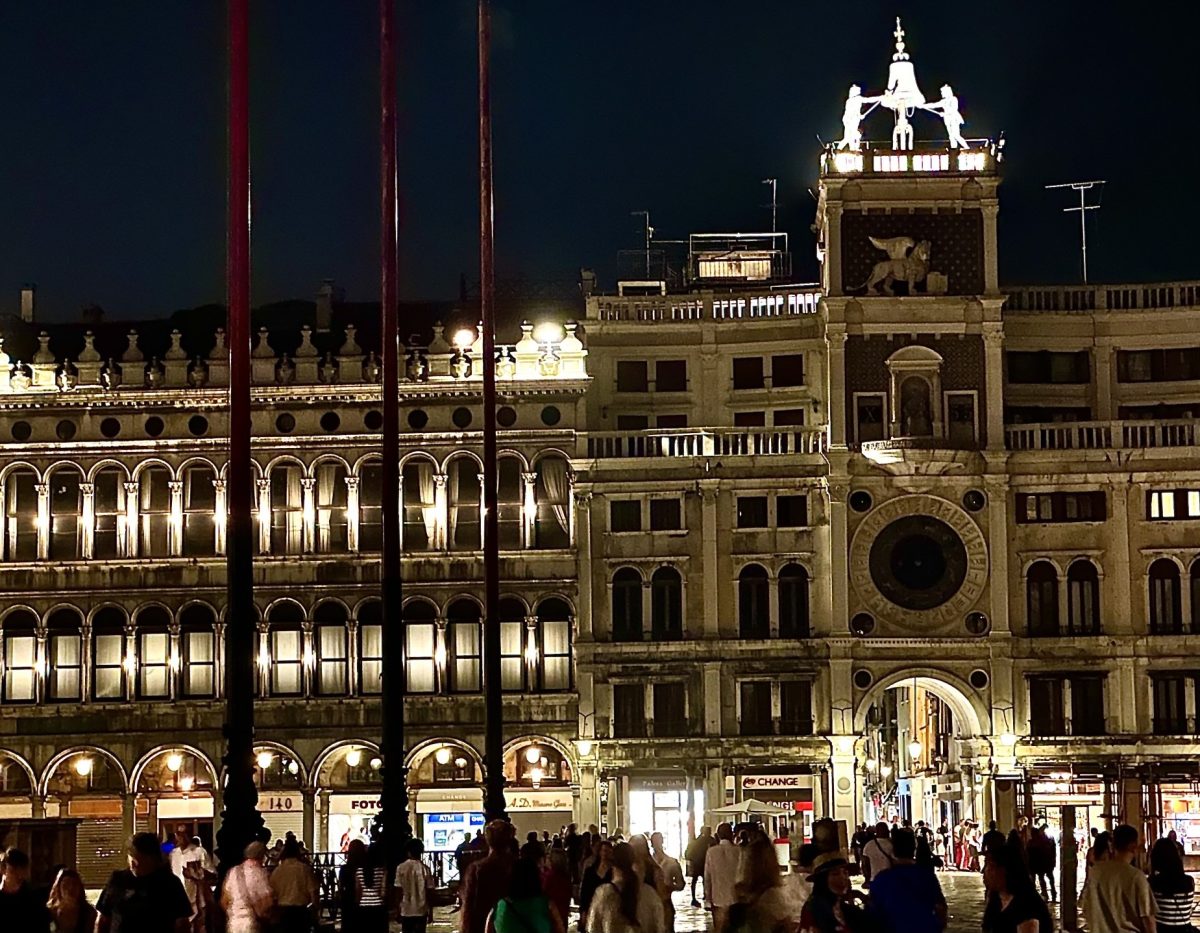
VENICE
The first taste of Venetian culture hit me like a train when we arrived in Venice at 9:30 am after a grueling 20-hour travel day, and were immediately met with a 30-minute boat ride en route to the city’s center.
Walking down a narrow alley, no more than 3 feet wide, the sky barely visible above the towering buildings surrounding us on both sides, the world felt like time itself had ceased. If I had been told that I had been taken back in time, I would have believed it without a second thought.
Walking through the ancient alleyways of Venice, I was surrounded by history.
I came across bridges left and right, which connected the 118 islands that make up the labyrinth that is Venice. All these bridges, as stunning as they were, did no favors to my aching legs and my headache from the oncoming jet lag. By this point, we had traveled a distance of 5,544 miles, and crossed through several countries, and were now living seven hours in the past. It felt like we were in a paradox which forced us to live the same day over and over again, while the fatigue from the previous day stayed with us.
However, despite the fatigue setting in, we left for our first adventure in the Floating City at around midday, where we hitched a ride on a gondola.
As mesmerizing as it was, it was equally as terrifying in its own right.
We set out, venturing through the narrow canals, littered with hole-in-the-wall type sandwich shops and cafes. The deeper we got, the slimmer the canals got, and the more my claustrophobia worsened.
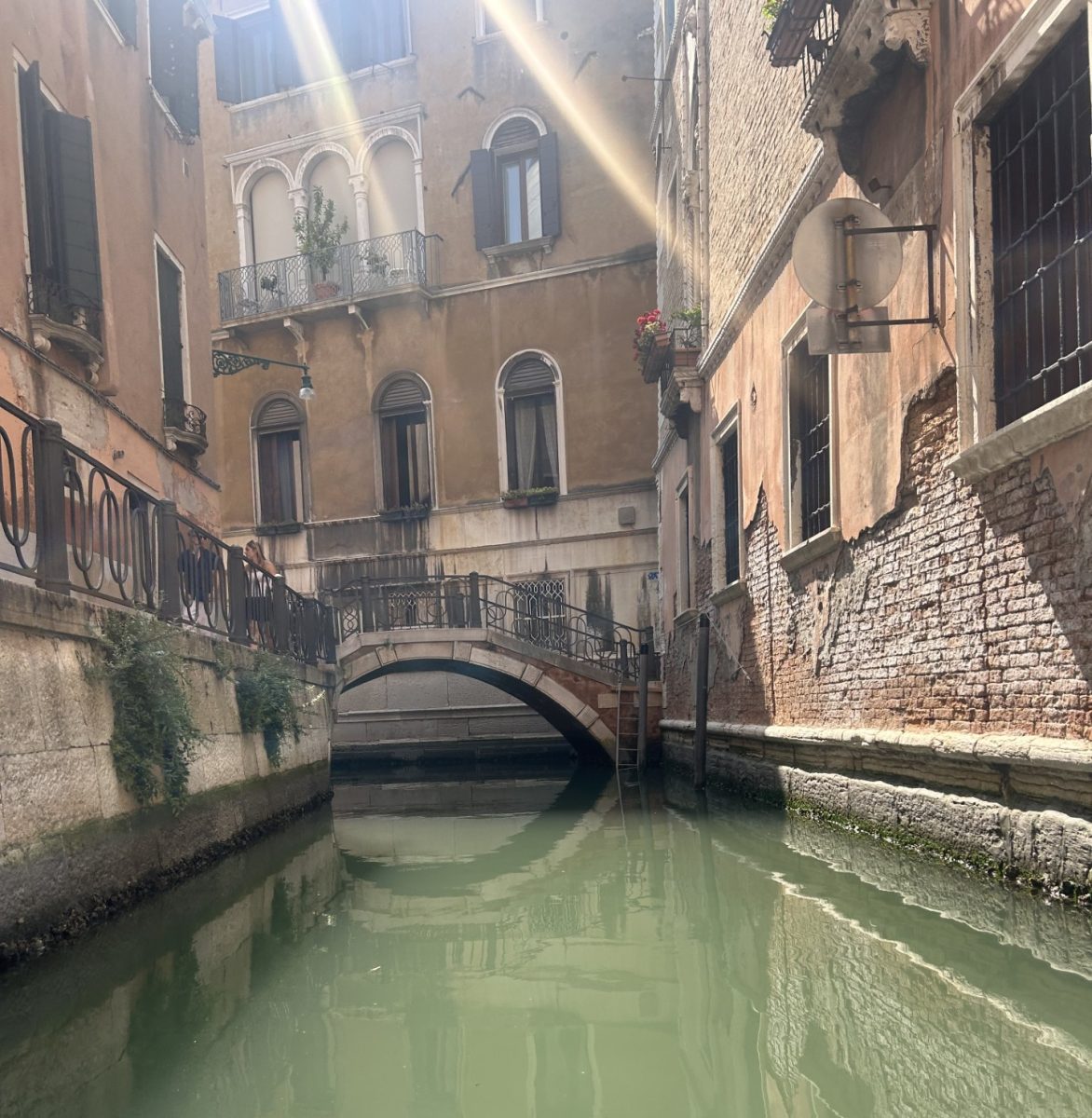
Despite my fear, our first day would not be our only experience with a gondola, and the very next day, I would find myself learning how to row a gondola through the bustling Venetian canals. However, I am nothing if not determined, or better yet, nothing if not easily bribed by delicious food.
During our lesson, we pulled over not once, not twice, but three times, where restaurants would bring us drinks and food to enjoy.
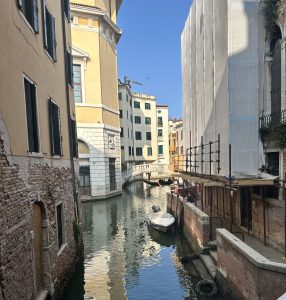
After this experience and other subsequent encounters, I soon learned that Venetian hospitality is a different ballgame than that of the United States. Not only on the gondola, where our tour guide took extra measures to ensure the safety and comfort of my family, but also in the restaurants where the waiters insisted that I try their new mocktail, there was always an intense commitment to care.
Lounging in the back of a gondola while the sunset behind the buildings, it occurred to me how different it felt to be cared for without the persistent expectation of an unrealistically high tip or a raging review.
The next day, with ravaging curiosity and hunger, we set out on a hunt for what was in my mind the epitome of Venetian street food, pasta in a cup — which is a dramatic understatement for the absolute piece of art we found while wandering the streets of Venice.
Finding this restaurant was no easy feat. After nearly one hour of wandering aimlessly, trying to follow our faulty Google Maps, we finally found Bepe Bigoi Venice, with the help of local Venetians who took the time to point us in the right direction.
Food is art, and art is culture, and therefore, food is culture. Bepe Bigoi not only took me back to the feeling of eating a home-cooked meal, but it also transported me, which is exactly what culture is supposed to do. However, food was not the only cultural element that we would come in contact with while in Venice. Art would enter the playing field with a bang at the family-owned and run glassblowing factory just off the shore of Venice.
Since seeing the show Blown Away, the art of blowing glass into masterpieces has fascinated me. Our last venture in Venice was to the iconic glass-blowing capital of the world, Murano Island. The art of glass blowing has been passed down through the generations, with children starting to learn at only 12 to 13 years old.
Once we arrived on the island, we were escorted to a room where we had the opportunity to see the making of a blown glass chandelier. Despite the scorching heat from the furnace, it was truly a once-in-a-lifetime opportunity, to see generations of knowledge being passed on to create glass-blown masterpieces.
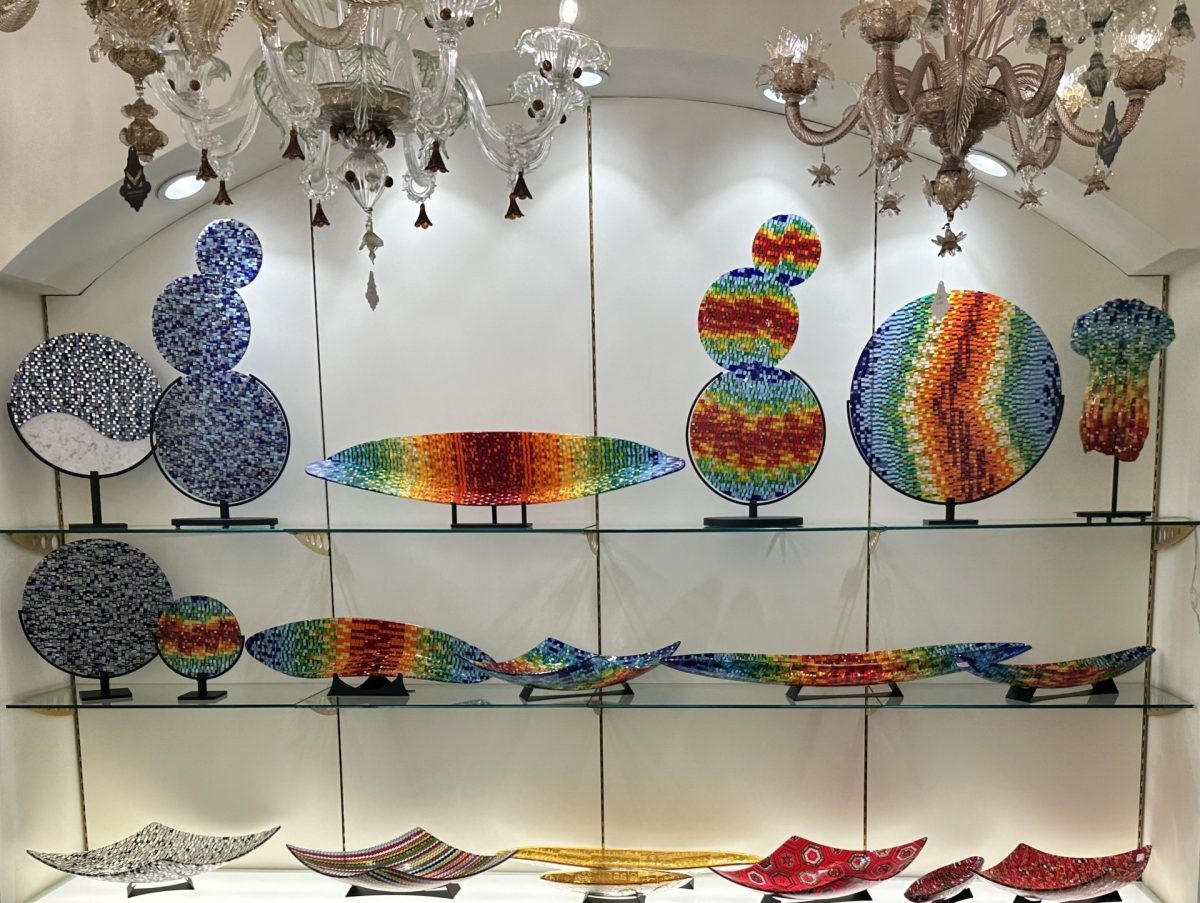
–July 3, 2025–

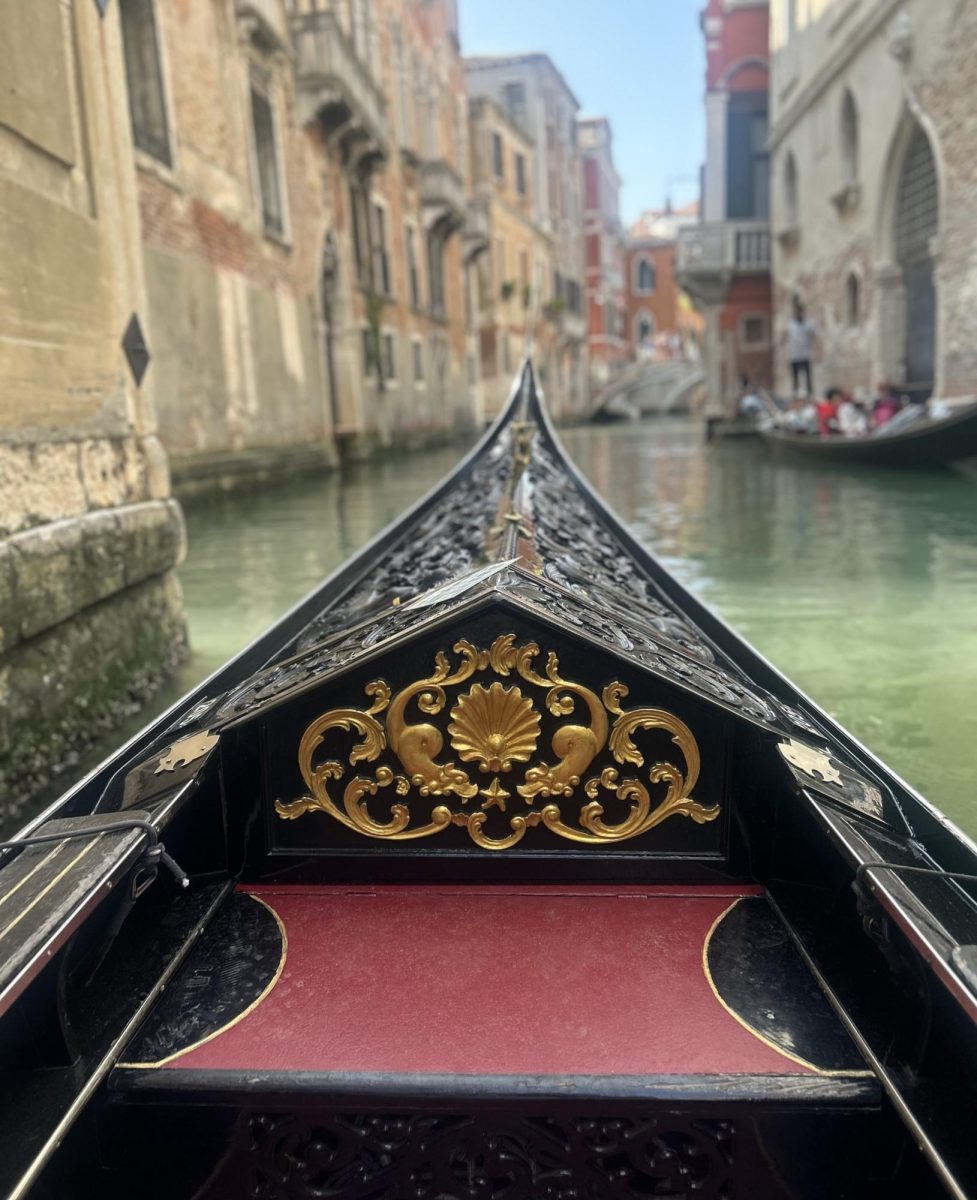

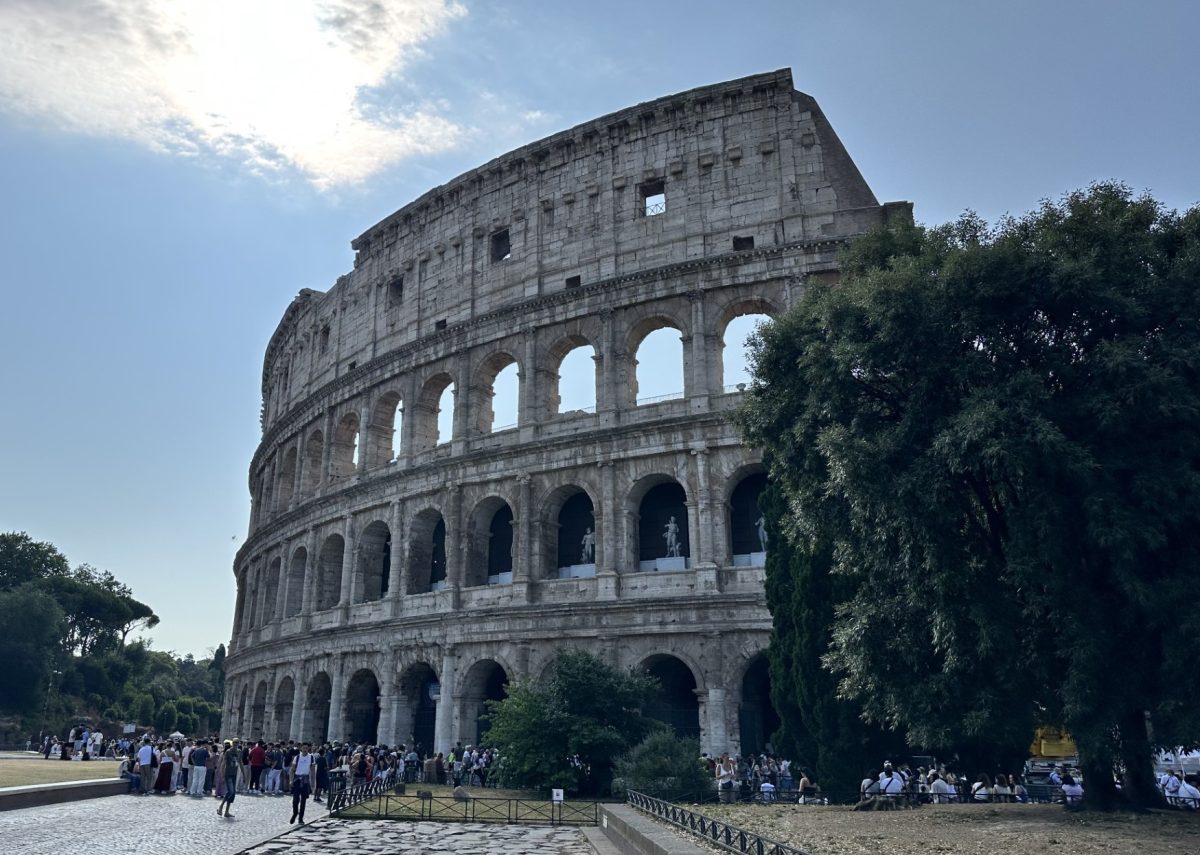
Ishani Kaushik • Jul 13, 2025 at 11:03 am
Great story, Ava! 🙂